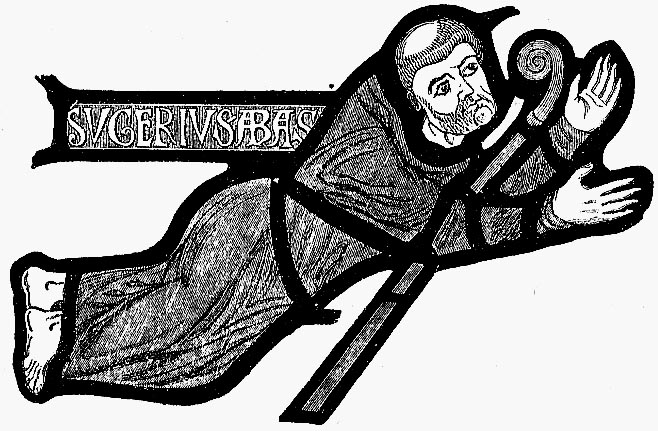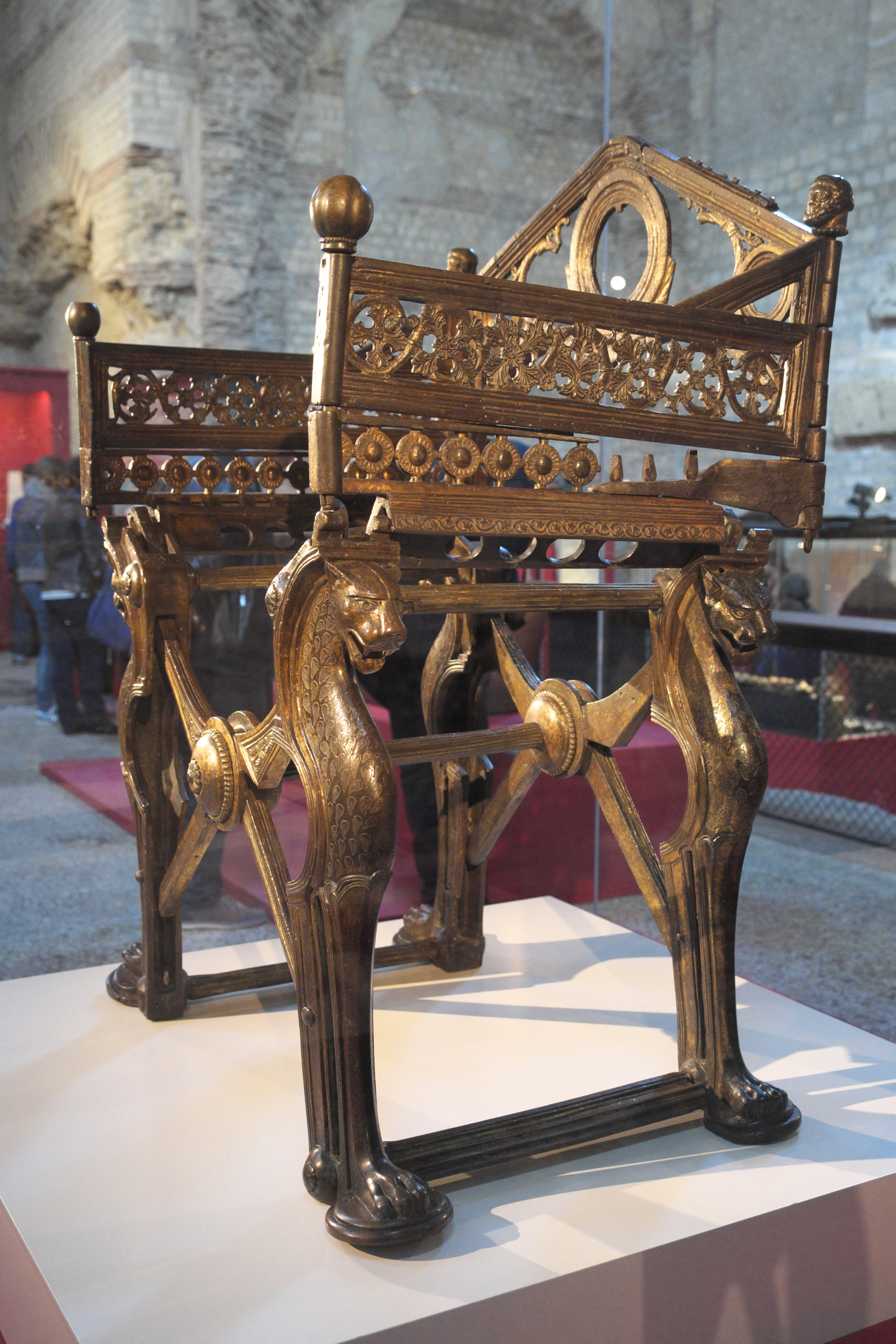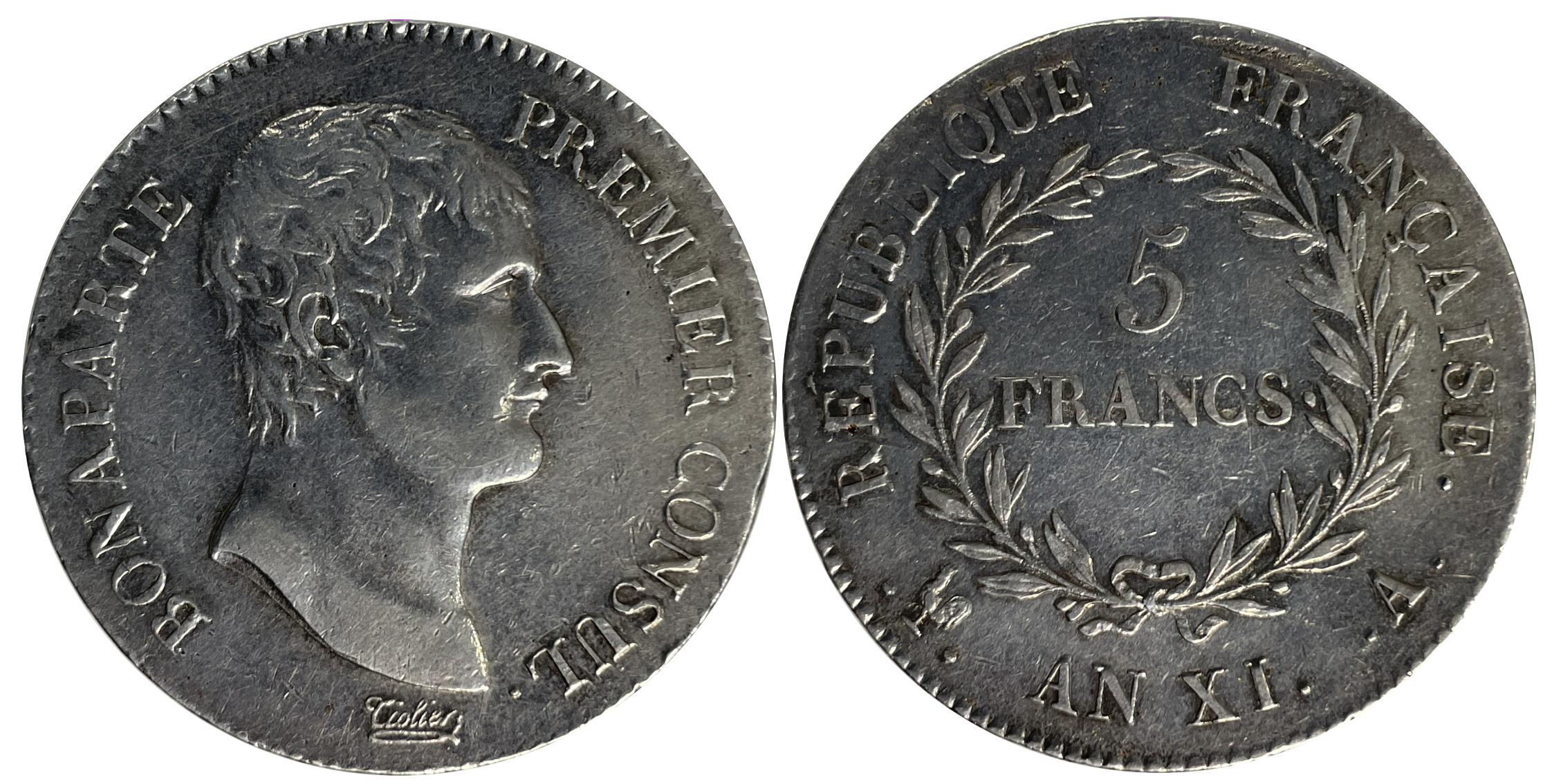|
Saint-Denis, Seine-Saint-Denis
Saint-Denis (, ) is a commune in the northern suburbs of Paris, France. It is located from the centre of Paris. Saint-Denis had a population of 112,091 as of 2018. It is a subprefecture (french: sous-préfecture) of the department of Seine-Saint-Denis, being the seat of the arrondissement of Saint-Denis. Saint-Denis is home to the royal necropolis of the Basilica of Saint-Denis and was also the location of the associated abbey. It is also home to France's national football and rugby stadium, the Stade de France, built for the 1998 FIFA World Cup. Saint-Denis is a formerly industrial suburb currently changing its economic base. Inhabitants of Saint-Denis are called ''Dionysiens''. Name Until the 3rd century, Saint-Denis was a small settlement called ''Catolacus'' or ''Catulliacum'', probably meaning "estate of Catullius", a Gallo-Roman landowner. About 250 AD, the first bishop of Paris, Saint Denis, was martyred on Montmartre hill and buried in ''Catolacus''. Shortly aft ... [...More Info...] [...Related Items...] OR: [Wikipedia] [Google] [Baidu] |
Subprefectures In France
In France, a subprefecture (french: sous-préfecture) is the commune which is the administrative centre of a departmental arrondissement that does not contain the prefecture for its department. The term also applies to the building that houses the administrative headquarters for an arrondissement. (in French). The in charge of a subprefecture is the , assisted by a |
Bishop Of Paris
The Archdiocese of Paris (Latin: ''Archidioecesis Parisiensis''; French: ''Archidiocèse de Paris'') is a Latin Church ecclesiastical jurisdiction or archdiocese of the Catholic Church in France. It is one of twenty-three archdioceses in France. The original diocese is traditionally thought to have been created in the 3rd century by St. Denis and corresponded with the Civitas Parisiorum; it was elevated to an archdiocese on October 20, 1622. Before that date the bishops were suffragan to the archbishops of Sens. History Its suffragan dioceses, created in 1966 and encompassing the Île-de-France region, are Créteil, Evry-Corbeil-Essonnes, Meaux, Nanterre, Pontoise, Saint-Denis, and Versailles. Its liturgical centre is at Notre-Dame Cathedral in Paris. The archbishop resides on rue Barbet de Jouy in the 6th arrondissement, but there are diocesan offices in rue de la Ville-Eveque, rue St. Bernard and in other areas of the city. The archbishop is ordinary for Eastern Ca ... [...More Info...] [...Related Items...] OR: [Wikipedia] [Google] [Baidu] |
Abbot Suger
Suger (; la, Sugerius; 1081 – 13 January 1151) was a French abbot, statesman, and historian. He once lived at the court of Pope Calixtus II in Maguelonne, France. He later became abbot of St-Denis, and became a close confidant to King Louis VII, even becoming his regent when the king left for the Second Crusade. Together with the king, he played a part in the centralization in the growing French Kingdom. He authored writings on abbey construction and was one of the earliest patrons of Gothic architecture and is seen as widely credited with popularizing the style. Life Suger's family origins are unknown. Several times in his writings he suggests that his was a humble background, though this may just be a topos or convention of autobiographical writing. In 1091, at the age of ten, Suger was given as an oblate to the abbey of St. Denis, where he began his education. He trained at the priory of Saint-Denis de l'Estrée, and there first met the future king Louis VI of Franc ... [...More Info...] [...Related Items...] OR: [Wikipedia] [Google] [Baidu] |
Byzantine Empire
The Byzantine Empire, also referred to as the Eastern Roman Empire or Byzantium, was the continuation of the Roman Empire primarily in its eastern provinces during Late Antiquity and the Middle Ages, when its capital city was Constantinople. It survived the fragmentation and fall of the Western Roman Empire in the 5th century AD and continued to exist for an additional thousand years until the fall of Constantinople to the Ottoman Empire in 1453. During most of its existence, the empire remained the most powerful economic, cultural, and military force in Europe. The terms "Byzantine Empire" and "Eastern Roman Empire" were coined after the end of the realm; its citizens continued to refer to their empire as the Roman Empire, and to themselves as Romans—a term which Greeks continued to use for themselves into Ottoman times. Although the Roman state continued and its traditions were maintained, modern historians prefer to differentiate the Byzantine Empire from Ancient ... [...More Info...] [...Related Items...] OR: [Wikipedia] [Google] [Baidu] |
Europe
Europe is a large peninsula conventionally considered a continent in its own right because of its great physical size and the weight of its history and traditions. Europe is also considered a subcontinent of Eurasia and it is located entirely in the Northern Hemisphere and mostly in the Eastern Hemisphere. Comprising the westernmost peninsulas of Eurasia, it shares the continental landmass of Afro-Eurasia with both Africa and Asia. It is bordered by the Arctic Ocean to the north, the Atlantic Ocean to the west, the Mediterranean Sea to the south and Asia to the east. Europe is commonly considered to be separated from Asia by the watershed of the Ural Mountains, the Ural River, the Caspian Sea, the Greater Caucasus, the Black Sea and the waterways of the Turkish Straits. "Europe" (pp. 68–69); "Asia" (pp. 90–91): "A commonly accepted division between Asia and Europe ... is formed by the Ural Mountains, Ural River, Caspian Sea, Caucasus Mountains, and the Blac ... [...More Info...] [...Related Items...] OR: [Wikipedia] [Google] [Baidu] |
Middle Ages
In the history of Europe, the Middle Ages or medieval period lasted approximately from the late 5th to the late 15th centuries, similar to the post-classical period of global history. It began with the fall of the Western Roman Empire and transitioned into the Renaissance and the Age of Discovery. The Middle Ages is the middle period of the three traditional divisions of Western history: classical antiquity, the medieval period, and the modern period. The medieval period is itself subdivided into the Early Early may refer to: History * The beginning or oldest part of a defined historical period, as opposed to middle or late periods, e.g.: ** Early Christianity ** Early modern Europe Places in the United States * Early, Iowa * Early, Texas * Early ..., High Middle Ages, High, and Late Middle Ages. Population decline, counterurbanisation, the collapse of centralized authority, invasions, and mass migrations of tribes, which had begun in late antiquity, continued i ... [...More Info...] [...Related Items...] OR: [Wikipedia] [Google] [Baidu] |
Market Town
A market town is a Human settlement, settlement most common in Europe that obtained by custom or royal charter, in the Middle Ages, a market right, which allowed it to host a regular marketplace, market; this distinguished it from a village or city. In Britain, small rural towns with a hinterland of villages are still commonly called market towns, as sometimes reflected in their names (e.g. Downham Market, Market Rasen, or Market Drayton). Modern markets are often in special halls, but this is a recent development, and the rise of permanent retail establishments has reduced the need for periodic markets. Historically the markets were open-air, held in what is usually called (regardless of its actual shape) the market square (or "Market Place" etc), and centred on a market cross (mercat cross in Scotland). They were and are typically open one or two days a week. History The primary purpose of a market town is the provision of goods and services to the surrounding locality. Al ... [...More Info...] [...Related Items...] OR: [Wikipedia] [Google] [Baidu] |
Genevieve
Genevieve (french: link=no, Sainte Geneviève; la, Sancta Genovefa, Genoveva; 419/422 AD – 502/512 AD) is the patroness saint of Paris in the Catholic and Orthodox traditions. Her feast is on 3 January. Genevieve was born in Nanterre and moved to Paris (then known as Lutetia) after encountering Germanus of Auxerre and Lupus of Troyes and dedicated herself to a Christian life.McNamara, Halborg, and Whatley 18. In 451 she led a "prayer marathon" that was said to have saved Paris by diverting Attila's Huns away from the city. When the Germanic king Childeric I besieged the city in 464, Genevieve acted as an intermediary between the city and its besiegers, collecting food and convincing Childeric to release his prisoners. Her following and her status as patron saint of Paris were promoted by Clotilde, who may have commissioned the writing of her ''vita''. This was most likely written in Tours, where Clotilde retired after her husband's death, as evidenced also by the importan ... [...More Info...] [...Related Items...] OR: [Wikipedia] [Google] [Baidu] |
Dagobert I
Dagobert I ( la, Dagobertus; 605/603 – 19 January 639 AD) was the king of Austrasia (623–634), king of all the Franks (629–634), and king of Neustria and Burgundy (629–639). He has been described as the last king of the Merovingian dynasty to wield any real royal power. Dagobert was the first of the Frankish kings to be buried in the royal tombs at Saint Denis Basilica. Rule in Austrasia Dagobert was the eldest son of Chlothar II and Haldetrude (575–604) and the grandson of Fredegund. Chlothar had reigned alone over all the Franks since 613. In 622, Chlothar made Dagobert king of Austrasia, almost certainly to bind the Austrasian nobility to the ruling Franks. As a child, Dagobert lived under the care of the Carolingian dynasty forebears and Austrasian magnates, Arnulf of Metz and Pepin of Landen. Chlothar attempted to manage the unstable alliances he had with other noble families throughout much of Dagobert's reign. When Chlothar granted Austrasia to Dagobert ... [...More Info...] [...Related Items...] OR: [Wikipedia] [Google] [Baidu] |
Napoleon
Napoleon Bonaparte ; it, Napoleone Bonaparte, ; co, Napulione Buonaparte. (born Napoleone Buonaparte; 15 August 1769 – 5 May 1821), later known by his regnal name Napoleon I, was a French military commander and political leader who rose to prominence during the French Revolution and led successful campaigns during the Revolutionary Wars. He was the ''de facto'' leader of the French Republic as First Consul from 1799 to 1804, then Emperor of the French from 1804 until 1814 and again in 1815. Napoleon's political and cultural legacy endures to this day, as a highly celebrated and controversial leader. He initiated many liberal reforms that have persisted in society, and is considered one of the greatest military commanders in history. His wars and campaigns are studied by militaries all over the world. Between three and six million civilians and soldiers perished in what became known as the Napoleonic Wars. Napoleon was born on the island of Corsica, not long aft ... [...More Info...] [...Related Items...] OR: [Wikipedia] [Google] [Baidu] |
French Consulate
The Consulate (french: Le Consulat) was the top-level Government of France from the fall of the Directory in the coup of 18 Brumaire on 10 November 1799 until the start of the Napoleonic Empire on 18 May 1804. By extension, the term ''The Consulate'' also refers to this period of French history. During this period, Napoleon Bonaparte, as First Consul (), established himself as the head of a more authoritarian, autocratic, and centralized republican government in France while not declaring himself sole ruler. Due to the long-lasting institutions established during these years, Robert B. Holtman has called the Consulate "one of the most important periods of all French history." Napoleon brought authoritarian personal rule which has been viewed as military dictatorship. Fall of the Directory government French military disasters in 1798 and 1799 had shaken the Directory, and eventually shattered it in November 1799. Historians sometimes date the start of the politica ... [...More Info...] [...Related Items...] OR: [Wikipedia] [Google] [Baidu] |
French Revolution
The French Revolution ( ) was a period of radical political and societal change in France that began with the Estates General of 1789 and ended with the formation of the French Consulate in November 1799. Many of its ideas are considered fundamental principles of liberal democracy, while phrases like '' liberté, égalité, fraternité'' reappeared in other revolts, such as the 1917 Russian Revolution, and inspired campaigns for the abolition of slavery and universal suffrage. The values and institutions it created dominate French politics to this day. Its causes are generally agreed to be a combination of social, political and economic factors, which the ''Ancien Régime'' proved unable to manage. In May 1789, widespread social distress led to the convocation of the Estates General, which was converted into a National Assembly in June. Continuing unrest culminated in the Storming of the Bastille on 14 July, which led to a series of radical measures by the Assemb ... [...More Info...] [...Related Items...] OR: [Wikipedia] [Google] [Baidu] |







